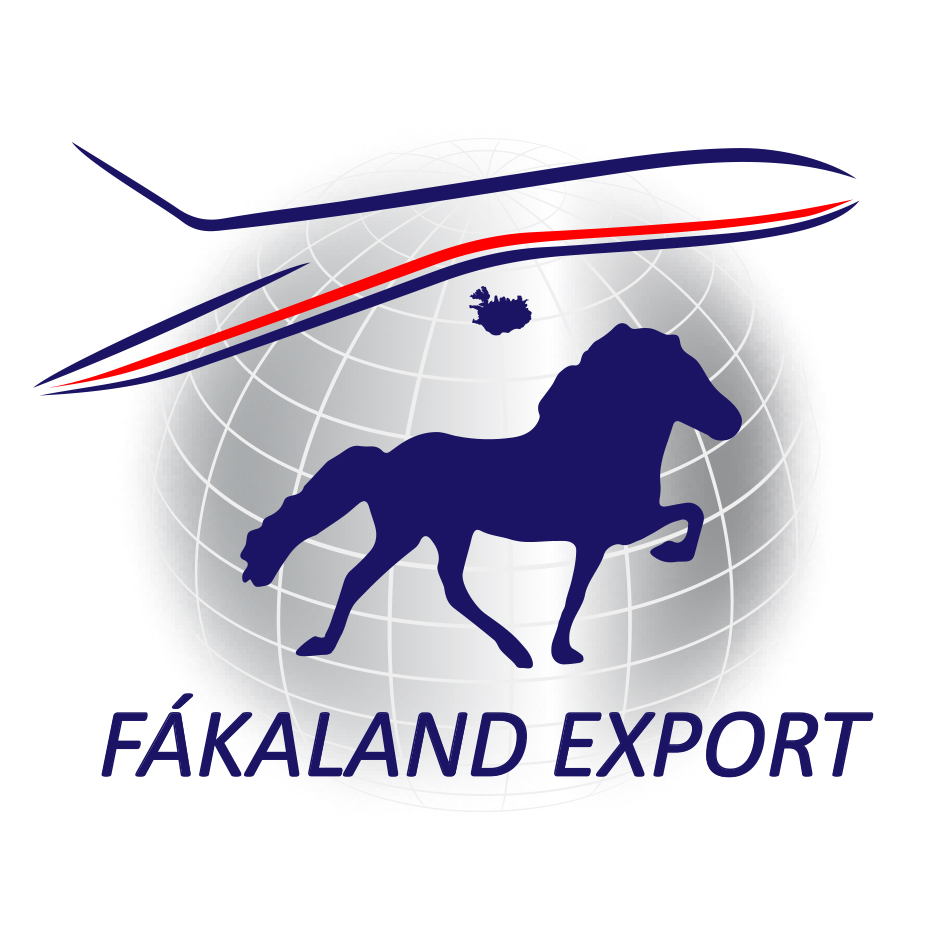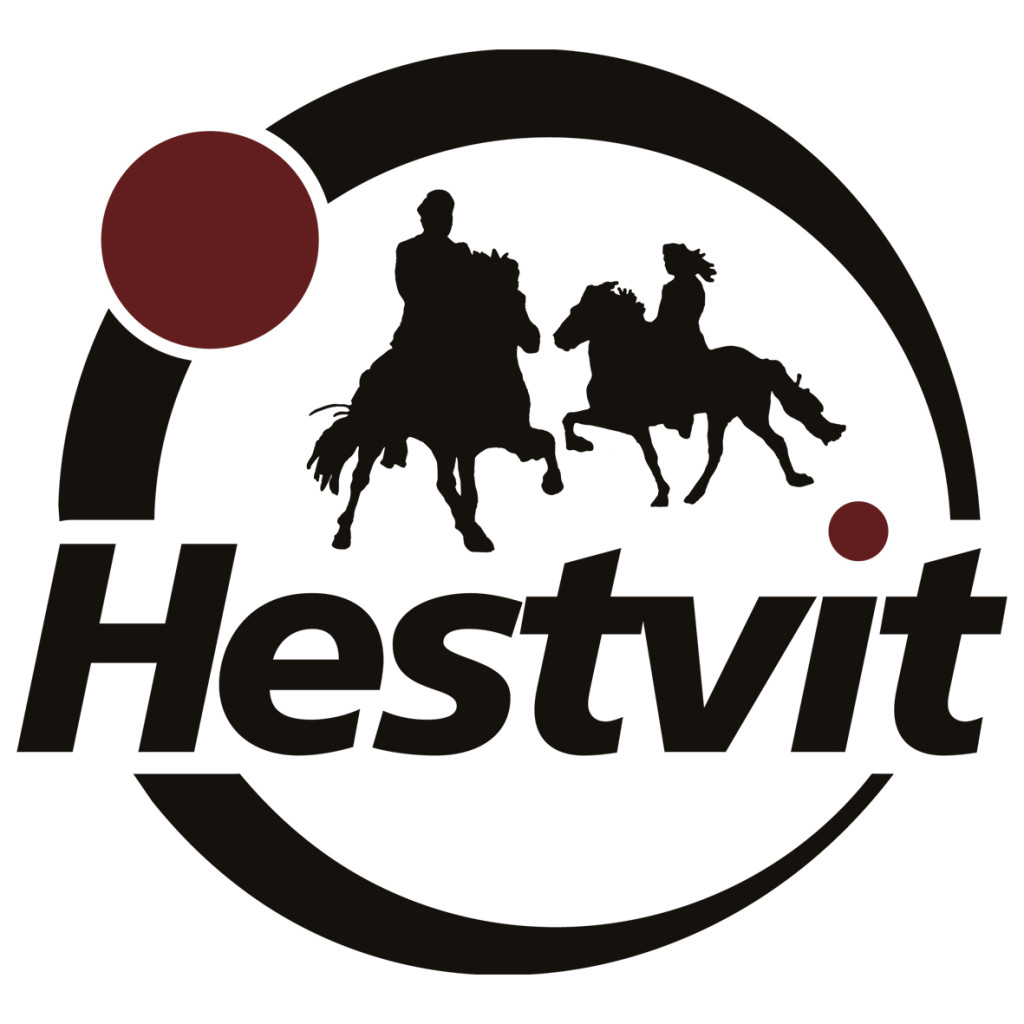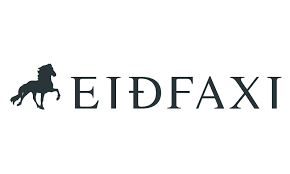Litla-Brekka was named Competition Horse Farm of the Year in 2017 by the Icelandic Horse Association. Horses of Iceland visits the farm on a rainy summer’s day.
It’s a rainy summer’s day in Eyjafjörður, North Iceland, as I visit the horse breeders at Litla-Brekka, married couple Vignir Sigurðsson and Jónína Garðarsdóttir. They lead two of their star mares, Salka and Emma, up a hill, where they pose elegantly for the photographer. Their red and bay colours harmonise with the surroundings. Through the fog, which gives the photos a mysterious flair, we glimpse stately mountain Þríklakkur.
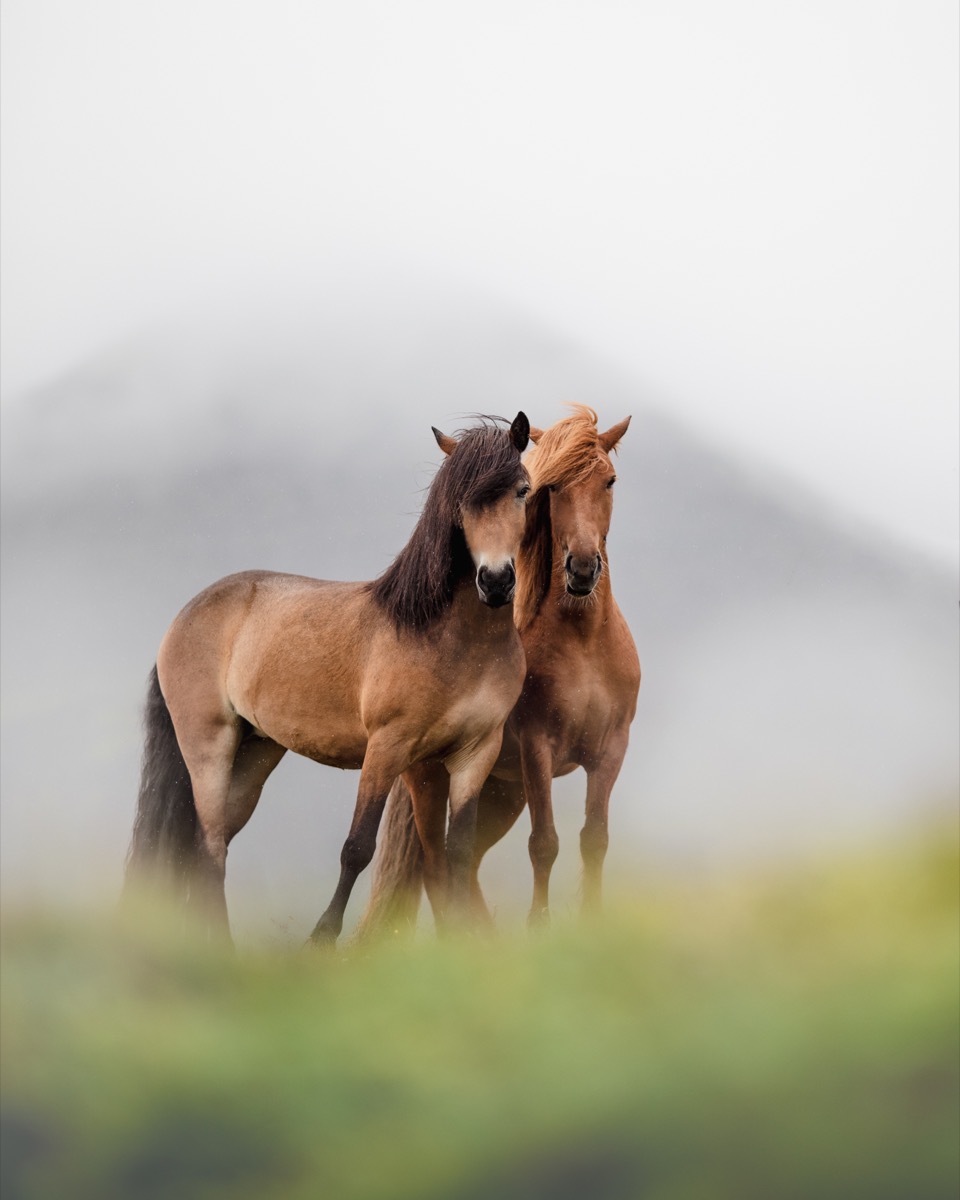
Emma (left) and Salka frá Litlu-Brekku. Photo: Gunnar Freyr Gunnarsson.
Salka and Emma are among the horses from Litla-Brekka that participated in the farm’s breeding show at the 2018 Landsmót – National Horse Competition in Reykjavík. “Litla-Brekka was named Competition Horse Farm of the Year in 2017 by the Icelandic Horse Association and therefore we were invited to participate in the breeding farm show at Landsmót,” explains Vignir. They demonstrated ten horses, of which five were five to six-year mares in their ownership; in addition to Salka and Emma, Sátt, Evíta and Korka (of which they had a 50% share). “We were very pleased with the show and thought it was a success,” says Vignir, adding with a smile: “Jónína designed the costumes!” All of the riders wore matching vests and bowties.
The show proved good promotion for the farm. Emma was, for example, sold to Australia. “The buyer saw her at Landsmót during the breeding farm show,” informs Jónína. The couple admits that it can be difficult to bid farewell to good horses, which have been with them since they were foals. “There are always mixed emotions,” says Jónína. Vignir mentions that the new owners sent photos of Emma after she arrived at her final destination of the long journey. “She seemed to be doing splendidly.”
“We usually only sell horses after they’ve been trained extensively, at six, seven, or eight years,” states Vignir. “Our goal is to breed good competition horses, which are easy to handle.” He explains that this is what he and Jónína have strived for ever since they bought Litla-Brekka in 1999, elaborating: “We wanted to breed reliable and manageable horses with a light build and good temper, which would perform well in a sporting competition.”
They are both involved in the horse breeding but Vignir mostly takes care of taming and training the horses. “Vignir spends a lot of time at the stables but I’m responsible for other duties,” remarks Jónína. She also has a full position as the principal of a country school and Vignir works half time as the CFO of the Icelandic Agricultural Advisory Centre. “From noon till evening, I spend my time horseback riding. Mostly outside, but we also use our indoor facilities a lot,” says Vignir. There’s a spacious riding hall at Litla-Brekka. This winter, a German horse trainer has assisted him with the work. Jónína’s father, who lives in a separate house on the farm, is also a great help. “He enjoys being around the horses and fills in for us if we have to leave the farm,” she says.
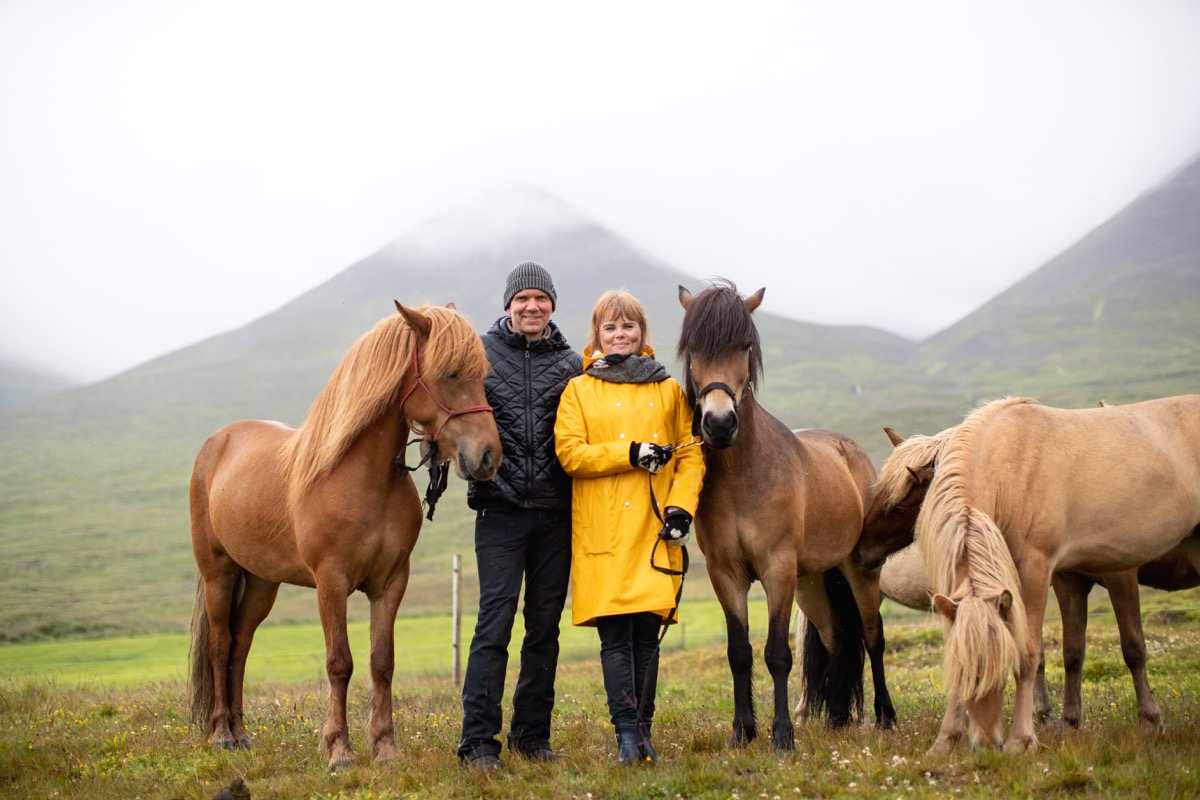
Vignir and Jónína with their star mares. Photo: Gunnar Freyr Gunnarsson.
Litla-Brekka’s primary breeding mares are Stilla, Esja-Sól, Lygna and Líf. While producing quality foals, Líf is the only one that hasn’t been judged. Usually, four foals are born each summer at Litla-Brekka. “We don’t have a lot of land, so we don’t have the luxury of owning many horses,” says Jónína. “It also keeps us on our toes. We have tried to pay close attention to the young ones and a lot of work goes into each and every horse.” They usually don’t separate from their horses until after they’ve trained them and seen what qualities they possess.
Significant consideration goes into which stallions to pair with their mares. “We ponder over stallions the entire winter and then we might take a u-turn at the end, even though we’ve decided something a long time before,” says Jónína. “We look at what stallions fit our mares,” Vignir explains, adding that it’s important that the stallions have qualities which make up for their weaknesses. Colours aren’t something they put a lot of thought into. “It’s nice to have colours but it’s not one of our goals,” says Vignir. “Our breeding mares are black and bay,” adds Jónína. “We have used skewbald and blue dun stallions and of all kinds of colours but we always end up with black and bay foals!” Vignir states: “I think bay is an extremely beautiful colour, both mahogany bay and dark bay, especially with a voluminous mane.”
The success of Litla-Brekka’s breeding farm was likely most evident at the 2017 World Championships for Icelandic Horses, where two horses originally from Litla-Brekka were on the Icelandic team: Gelding Spói and stallion Pistill, who – along with young rider Gústaf Ásgeir Hinriksson – became the world champion in four gait. “It was a happy coincidence to have two horses at the World Cup at the same time,” says Jónína. When asked whether Spói and Pistill are their best horses, they say it’s hard to name any favourites. “We have also had great success with other horses, but those two might be best known,” concludes Vignir.
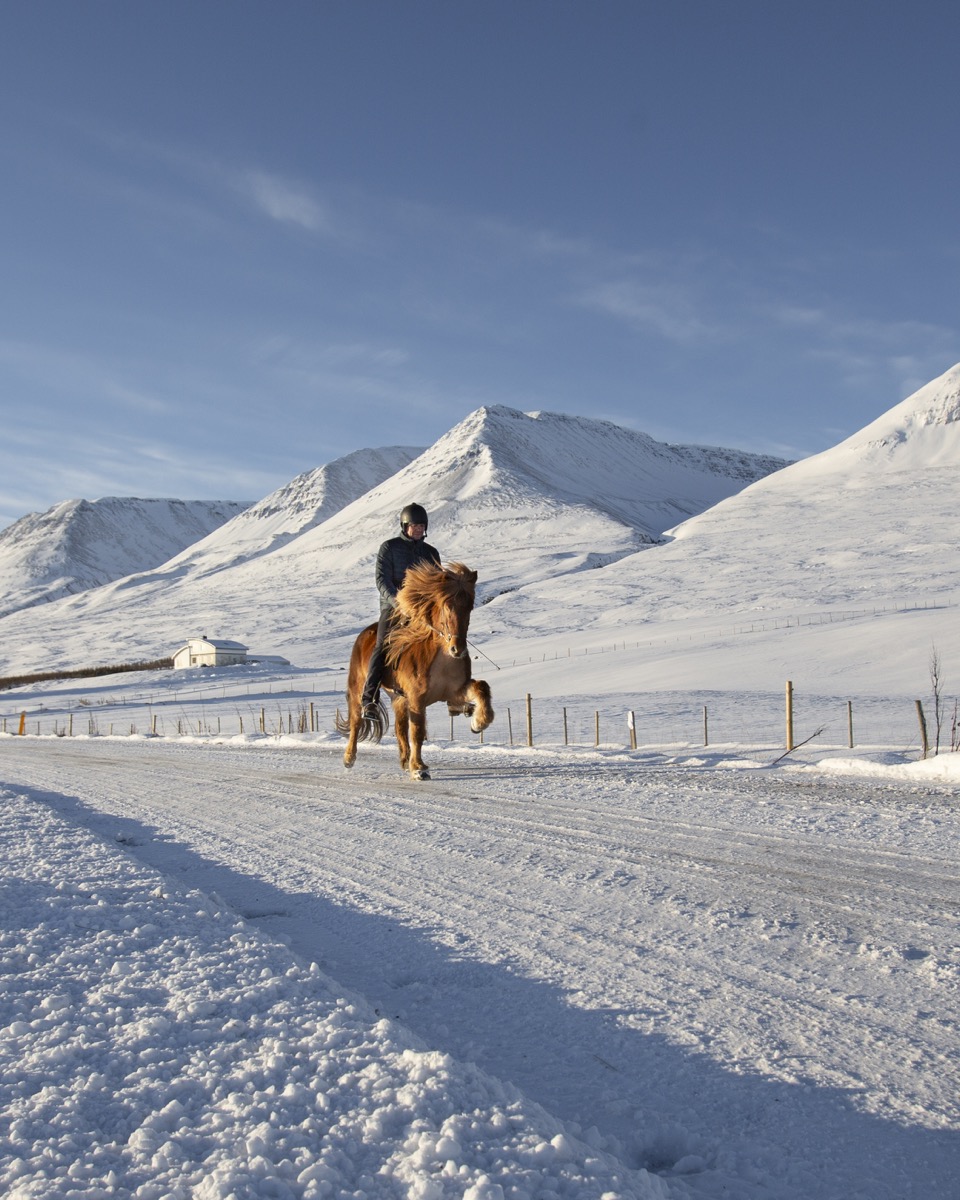
Vignir riding Salka frá Litlu-Brekku. Photo Louisa Hackl.
Vignir, who grew up in Húsavík in Northeast Iceland, always knew that he wanted to be a horseman. “I wanted to have a horse for as long back as I can remember – and even further back than that,” he says with a smile. His family was not involved with horses and so he cannot explain where the interest comes from. “I received my first horse as a birthday present from my parents when I was 12.” Since then, horsemanship has been Vignir’s life.
Vignir and Jónína met in 1991 when they attended the same secondary school in Akureyri. “My dad had horses but I didn’t go horseback riding with him often, even though I was around them much,” says Jónína. “I wasn’t crazy about horses like Vignir. I didn’t get serious about horsemanship until after we met.” Their three daughters have participated in the family sport, even though the youngest isn’t an enthusiastic rider. “But she likes coming to competitions and being a cheerleader,” explains Jónína.
Jónína doesn’t ride much in winter but she and Vignir enjoy going horse trekking together in the summer. “We don’t go on many long tours but we like going somewhere for an extended ride during the summer months. Last summer we rode along Löngufjörur beach with good friends,” reveals Jónína. Vignir inserts: “We also enjoy driving horses from our farm deeper into the countryside.” He adds that there are delightful routes along Hörgá river in an area close by called Möðruvallaengi.
When asked what’s next for them, Vignir says: “We will continue to breed and train and have fun while at it, but we don’t have any big plans, as such.” They don’t envision being able to make their living solely from horse breeding, but Jónína remarks: “Of course we aim for the farm being self-sufficient and therefore, we sometimes have to sell good horses. But we don’t regret it much because we also appreciate watching other riders compete on our horses and follow their progress.”
Text: Eygló Svala Arnarsdóttir. Photos: Gunnar Freyr Gunnarsson (summer shots) and Louisa Hackl (winter shots).















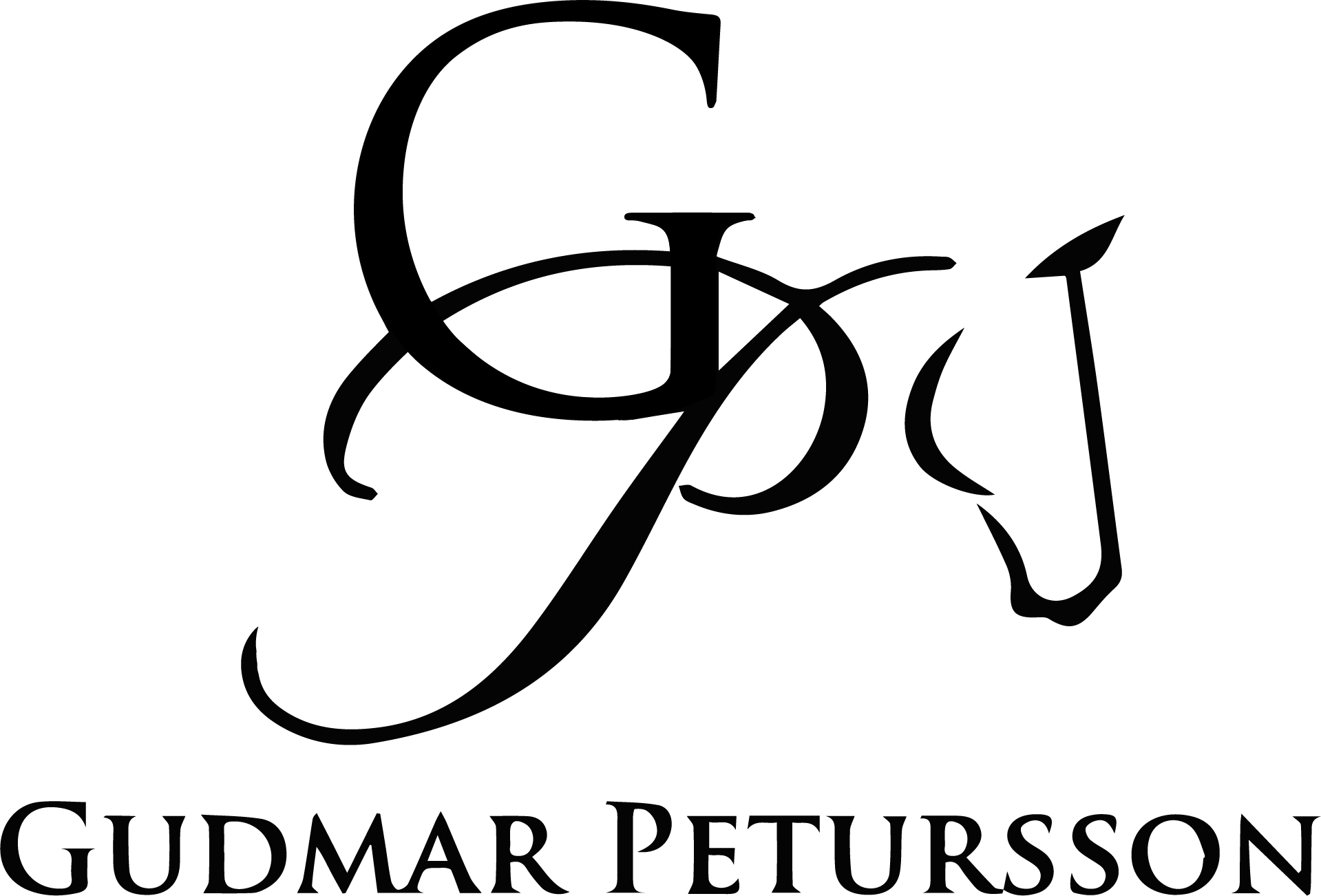
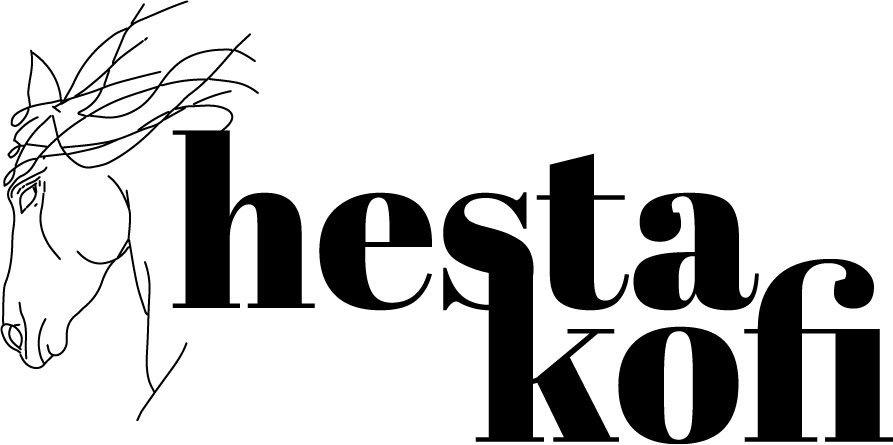
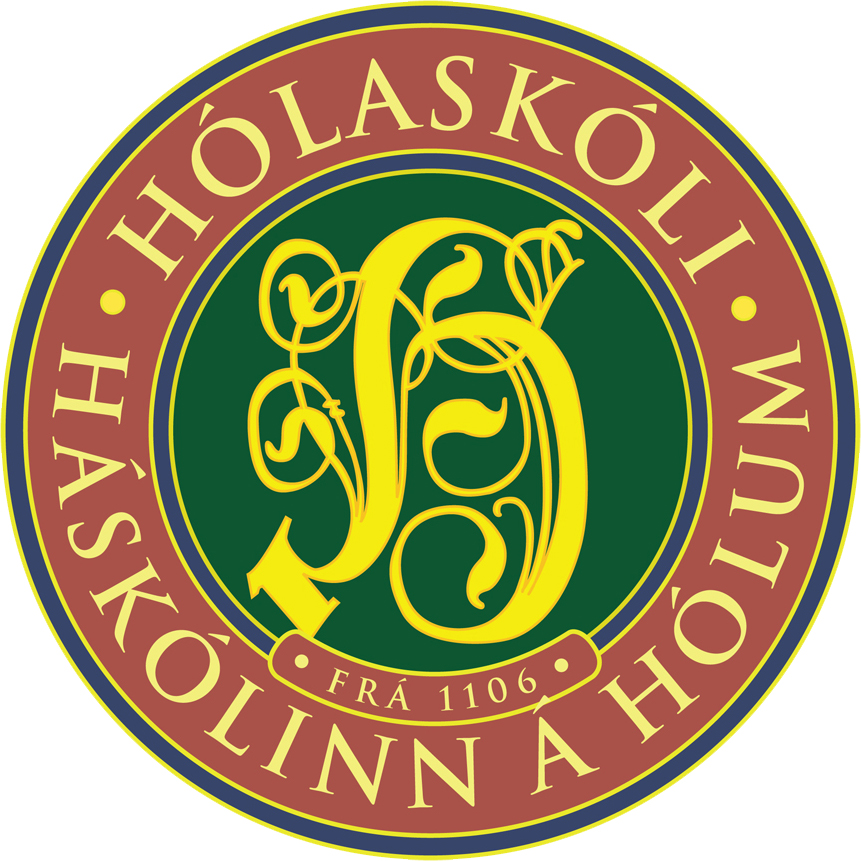



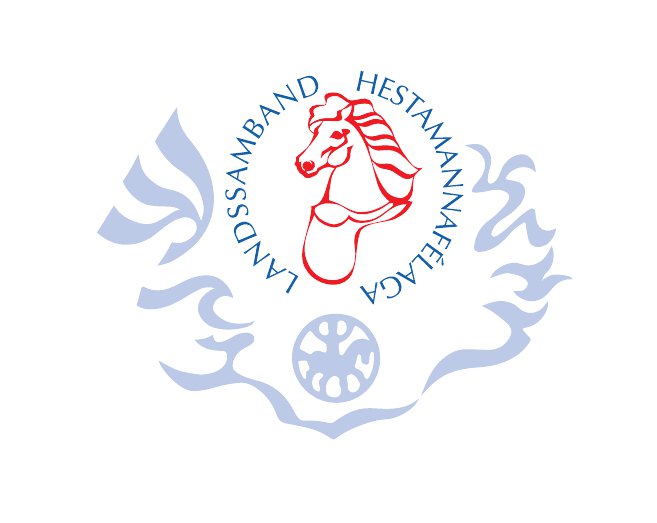

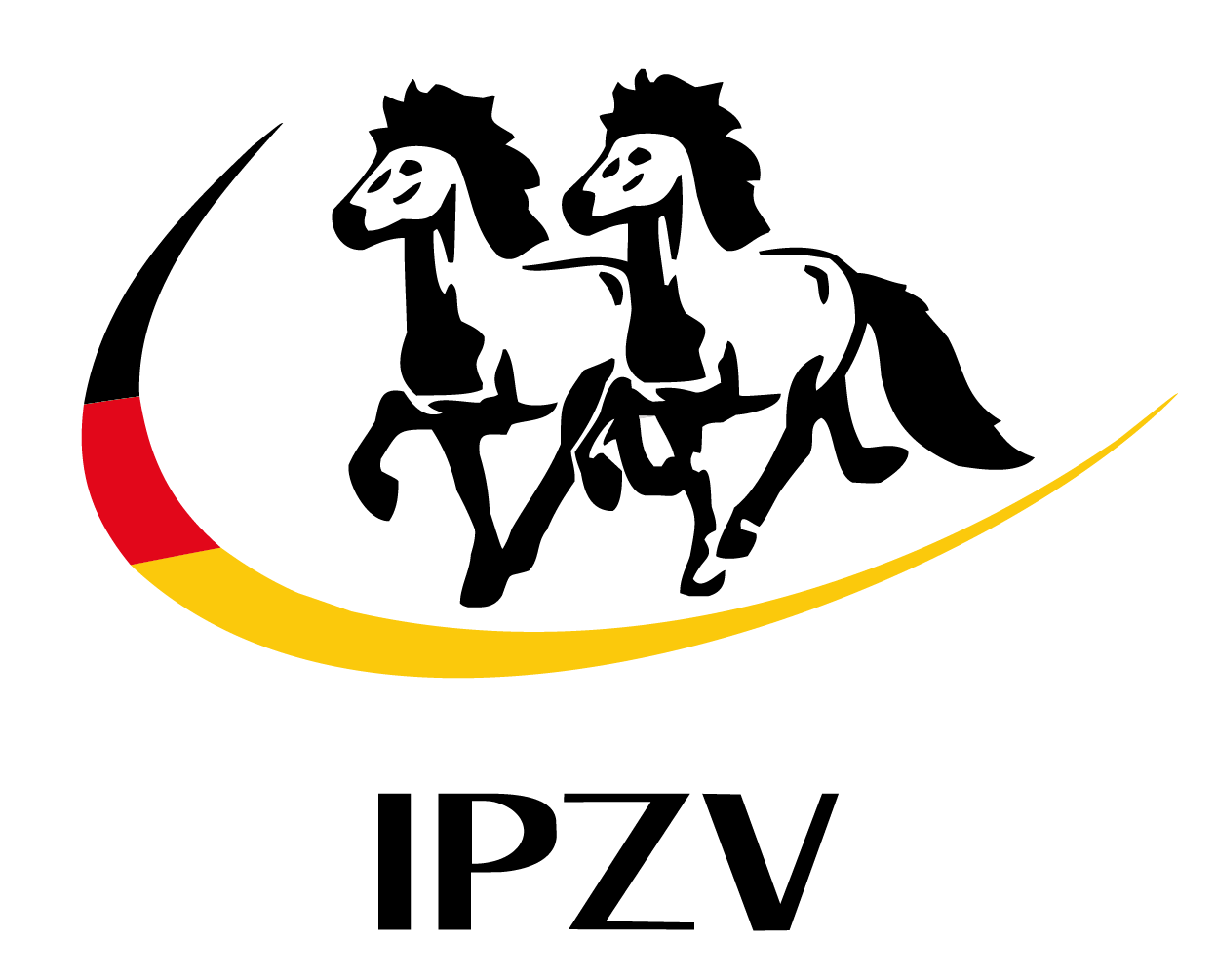

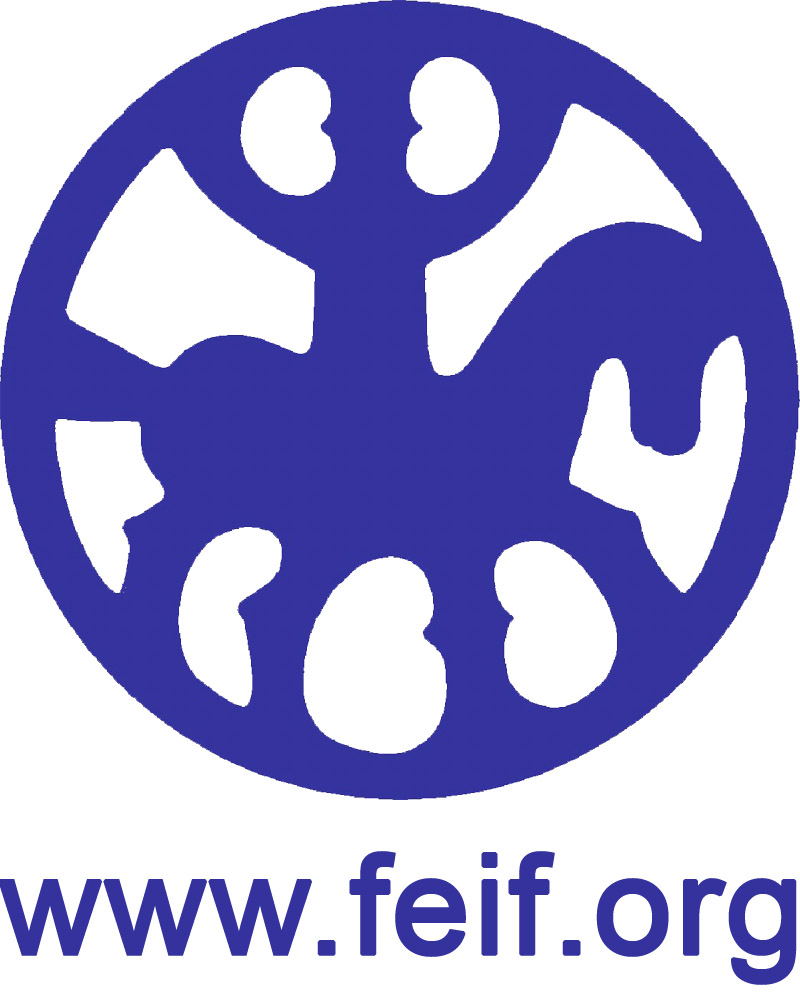
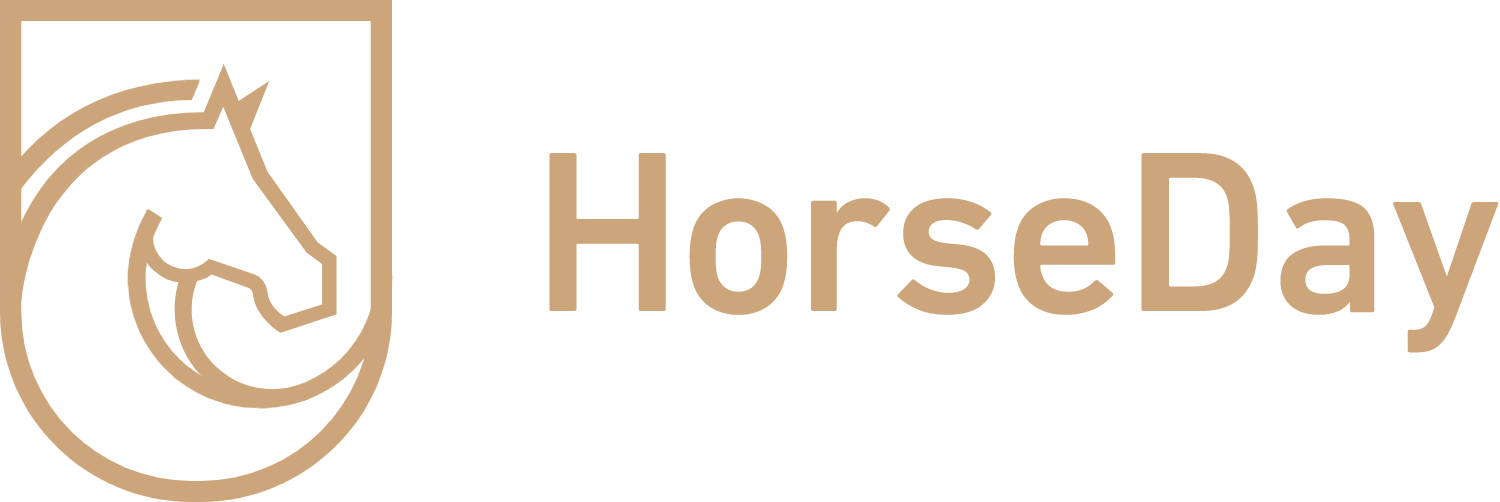
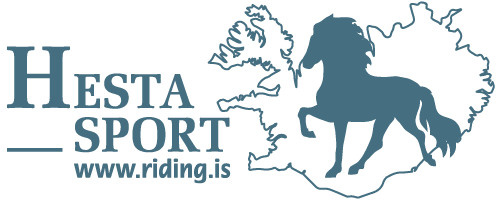


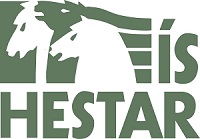
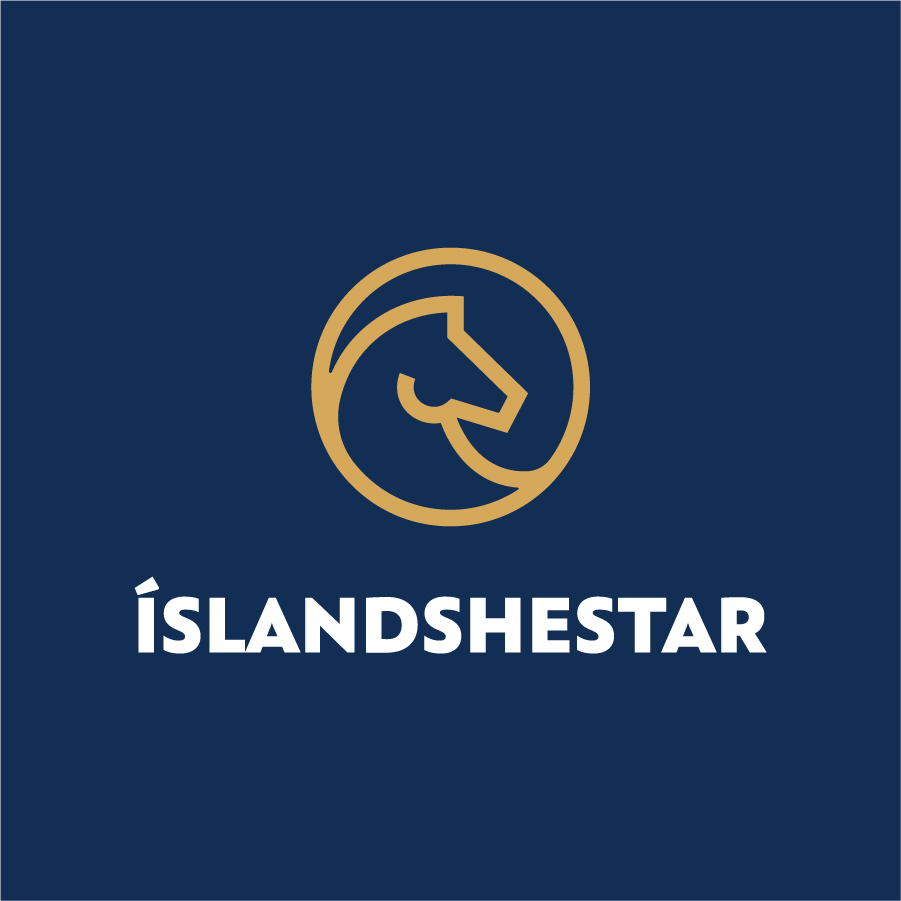
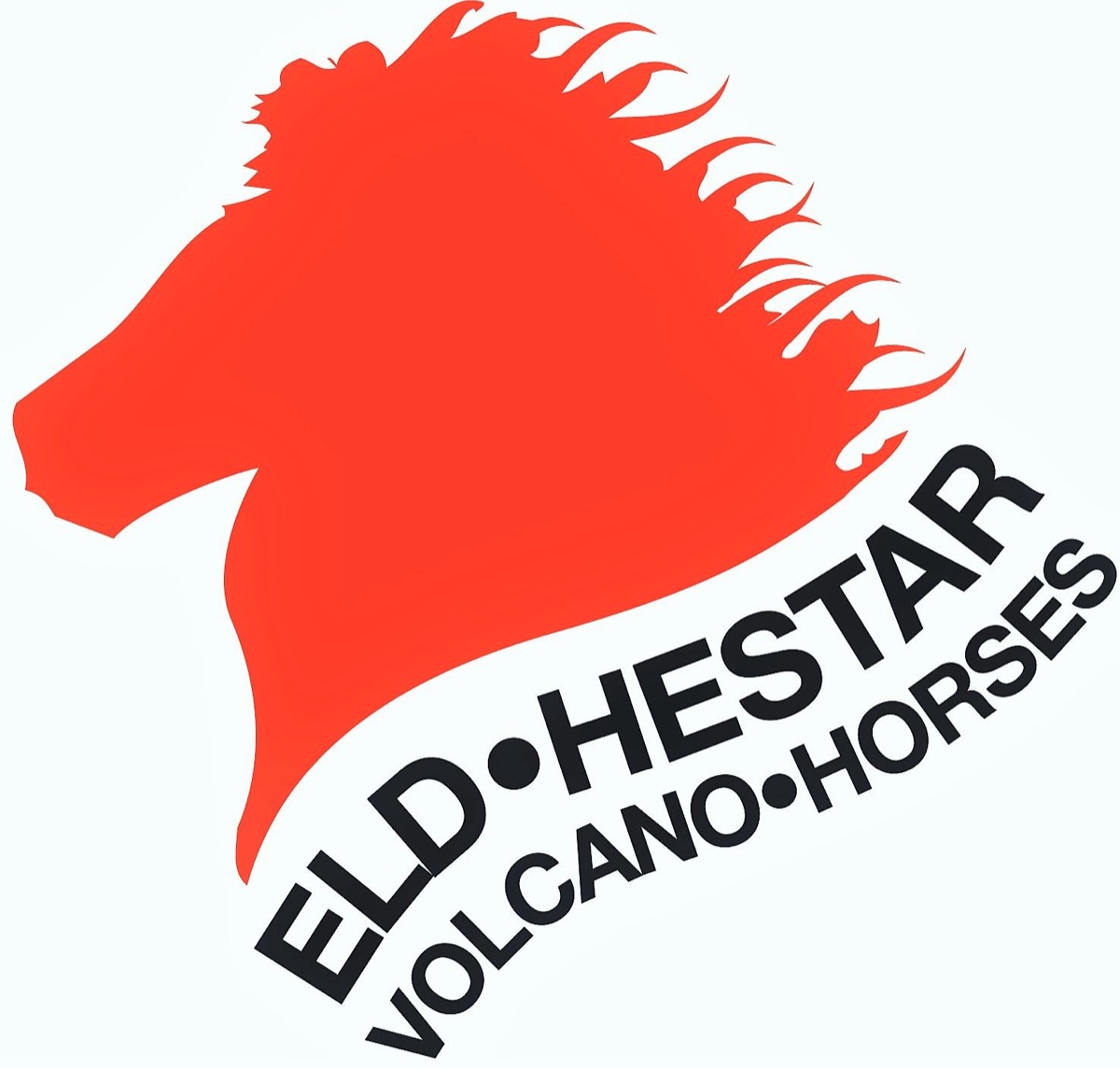
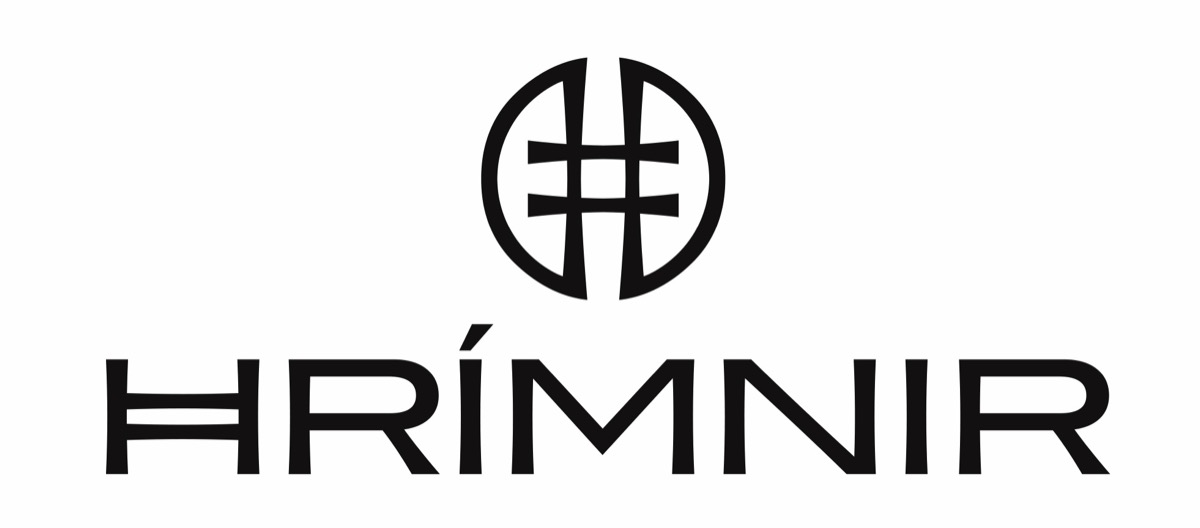

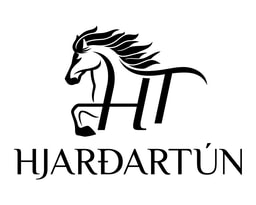
-1.jpg)
